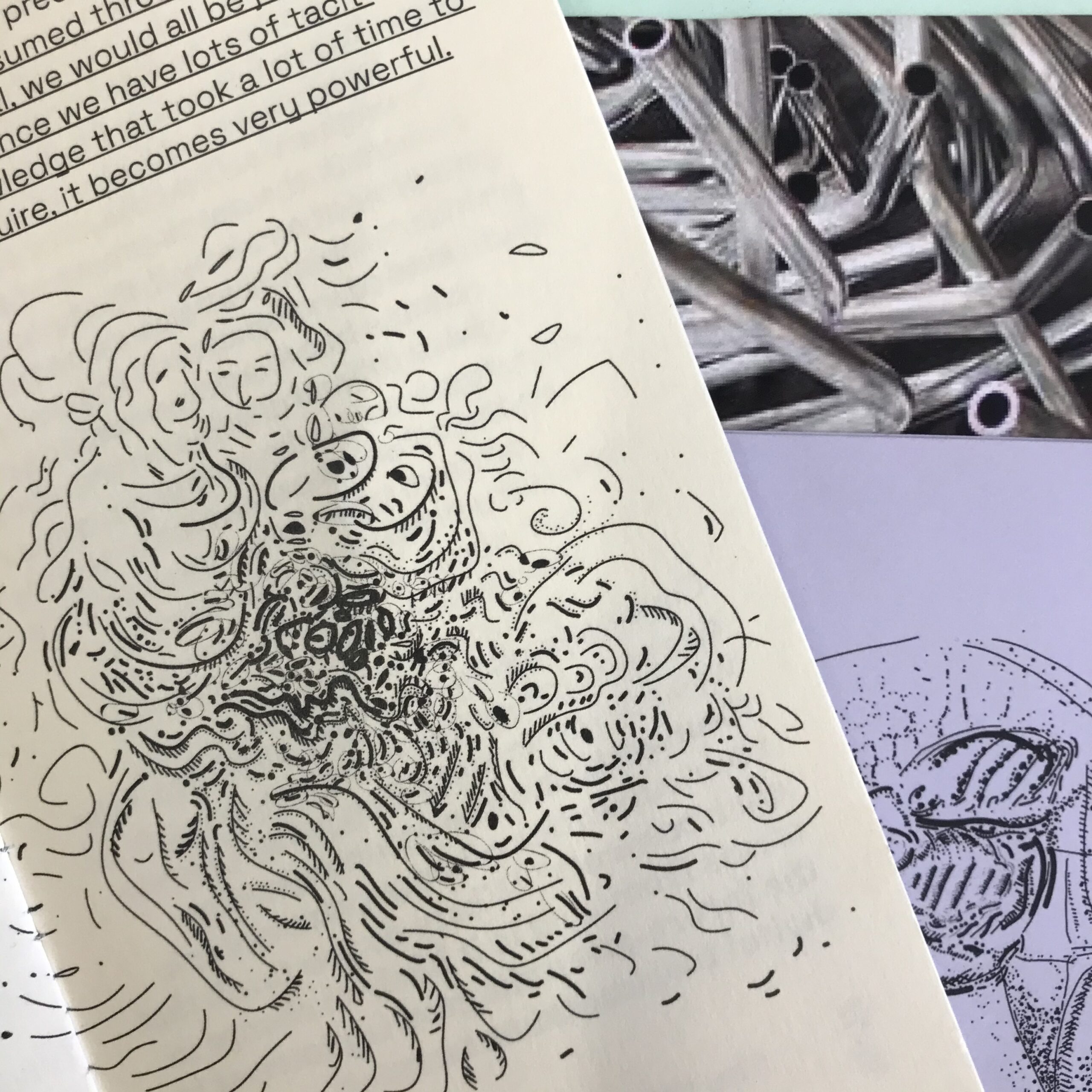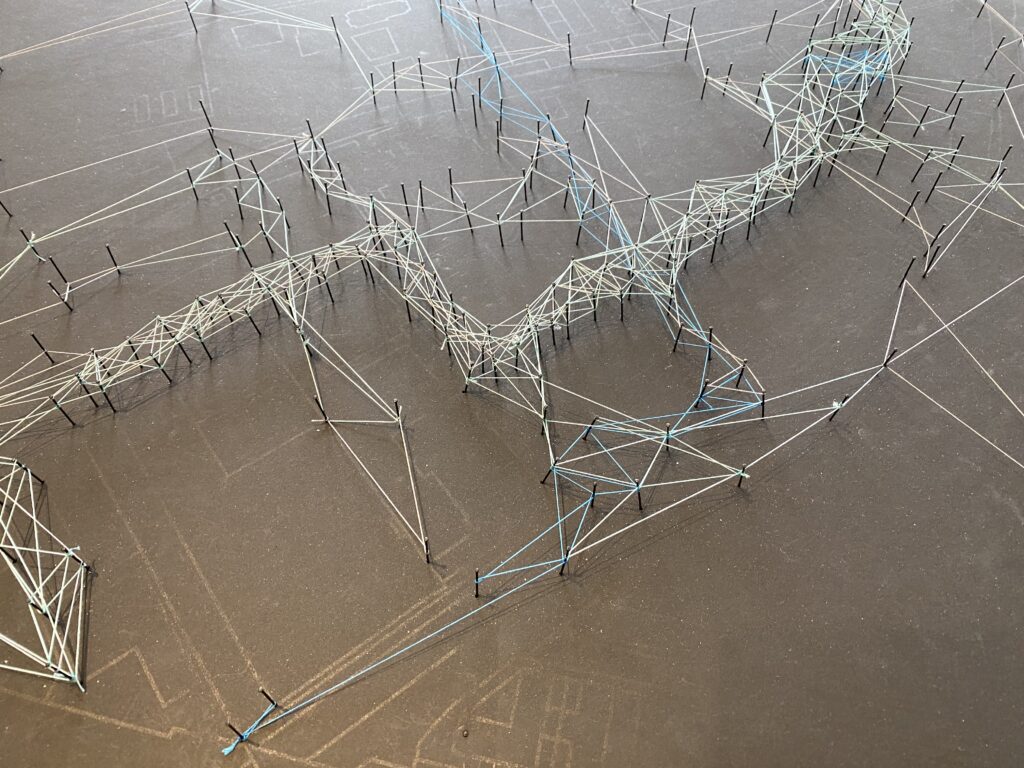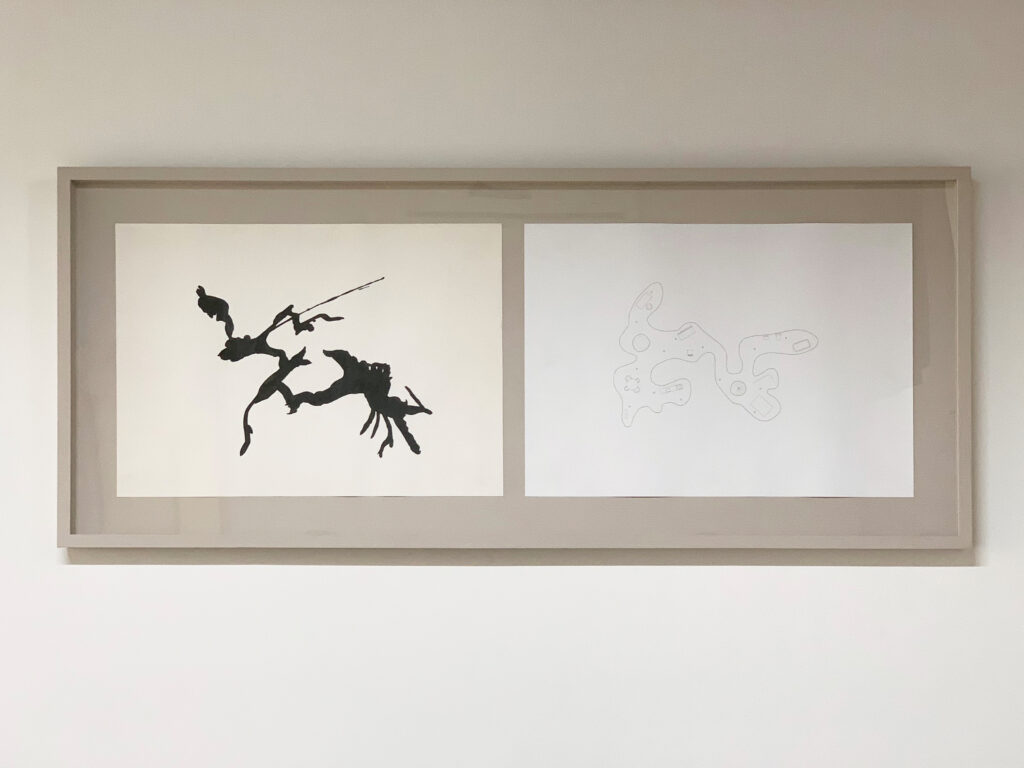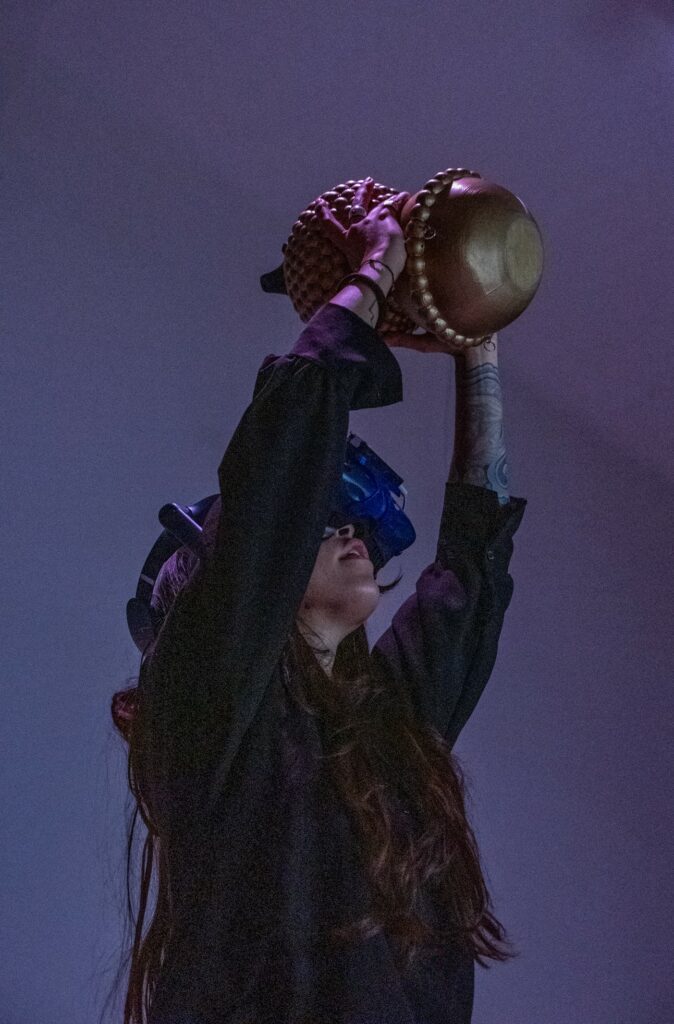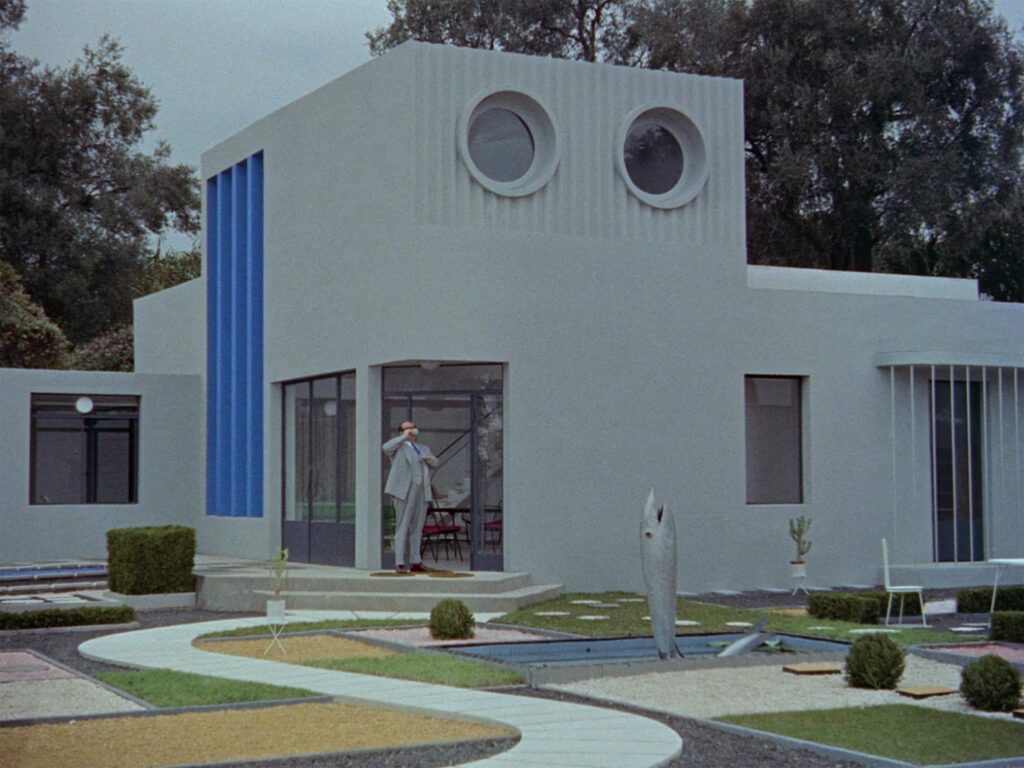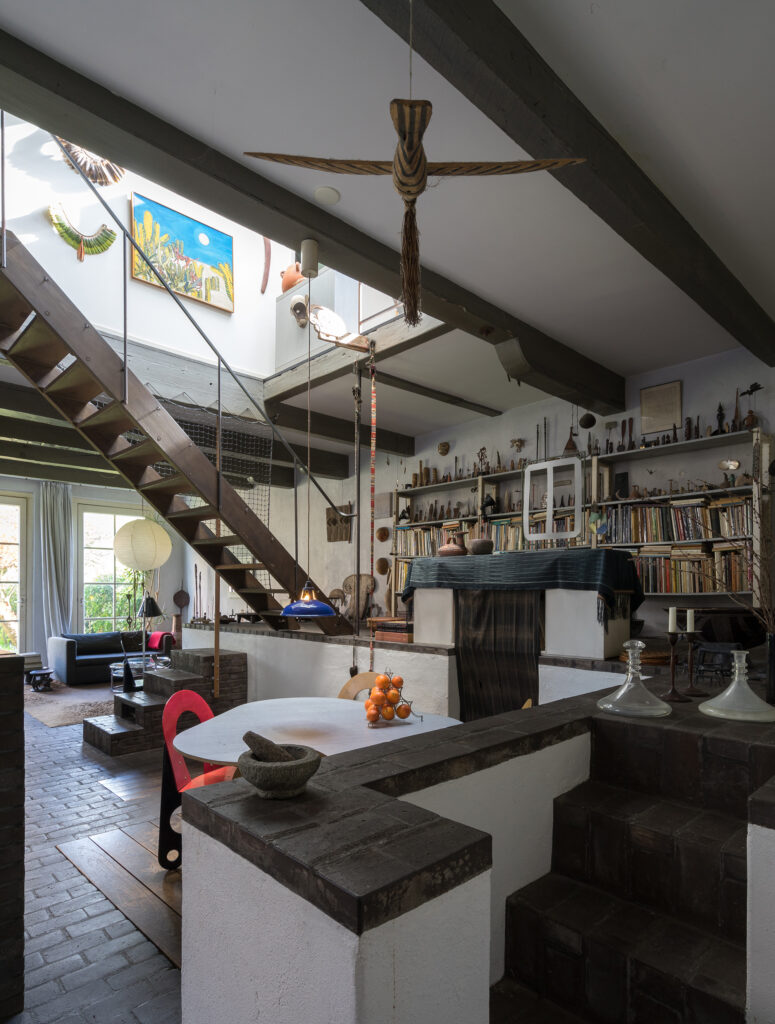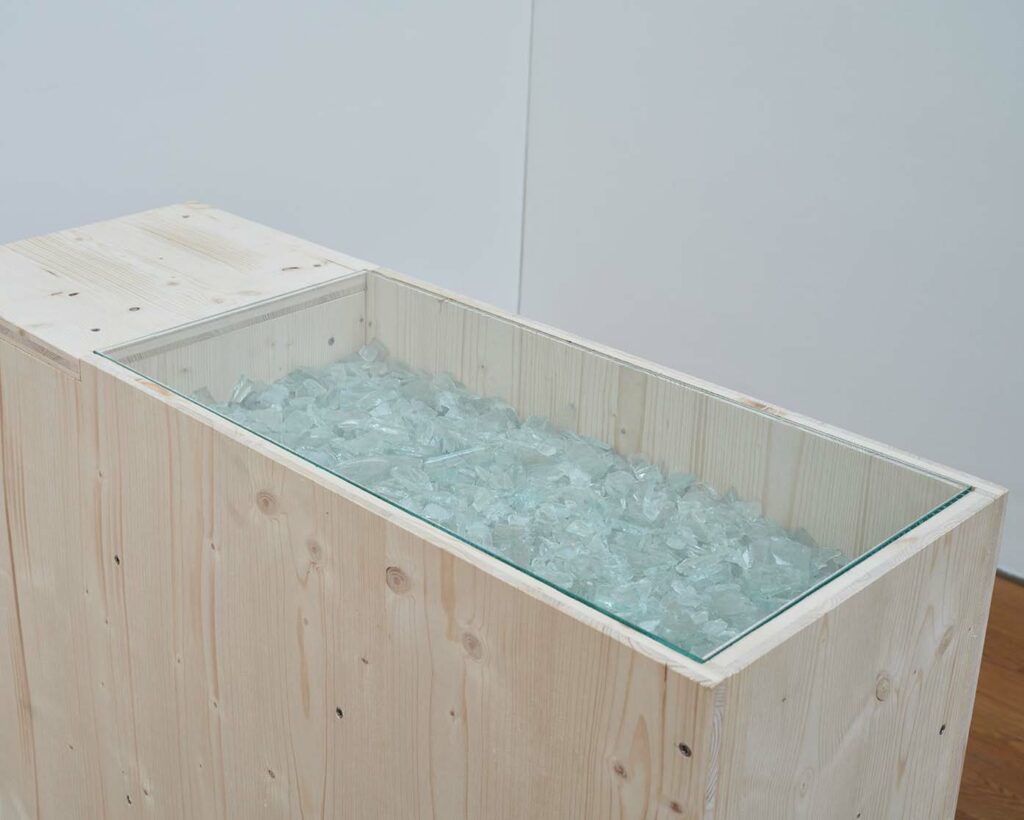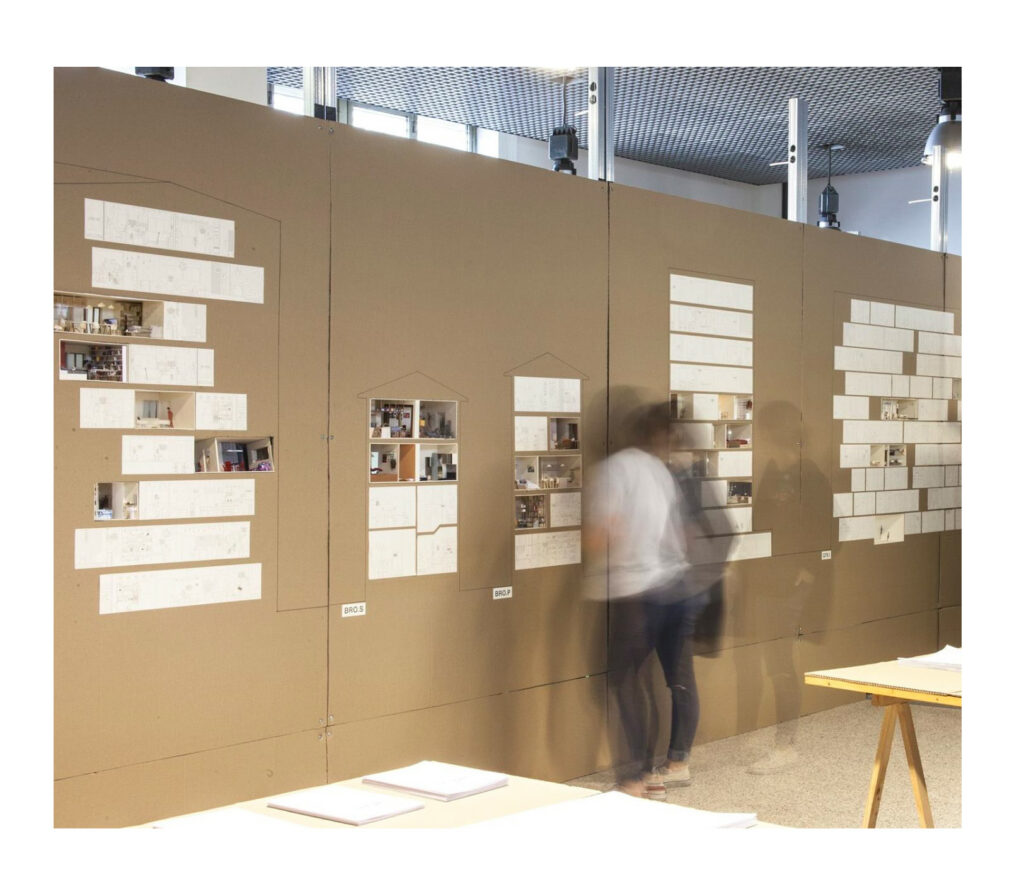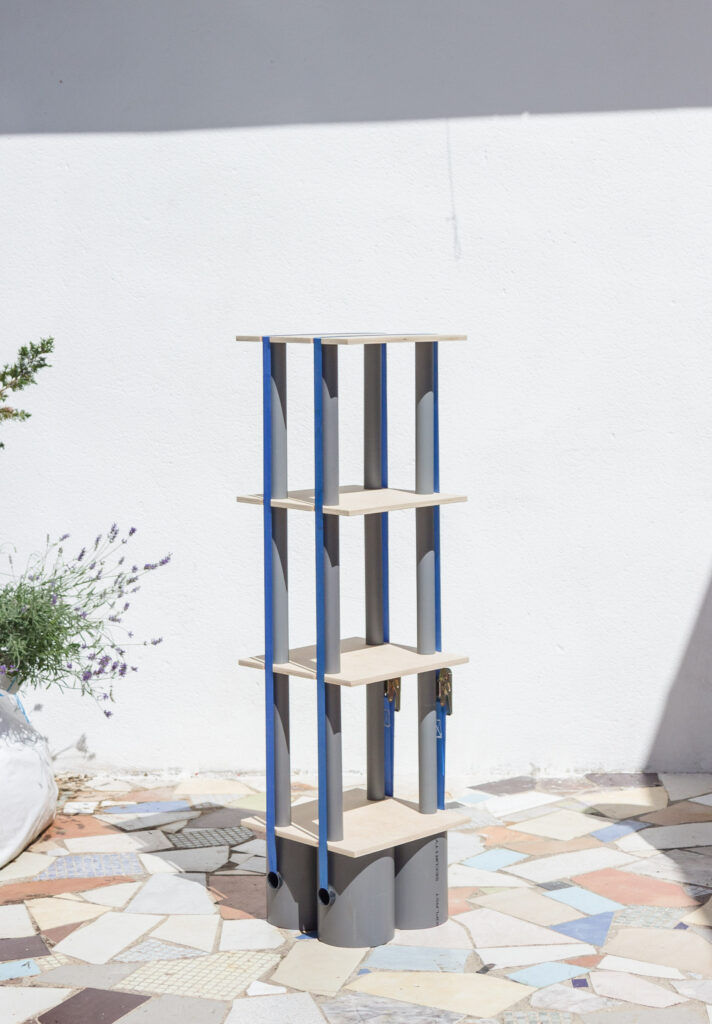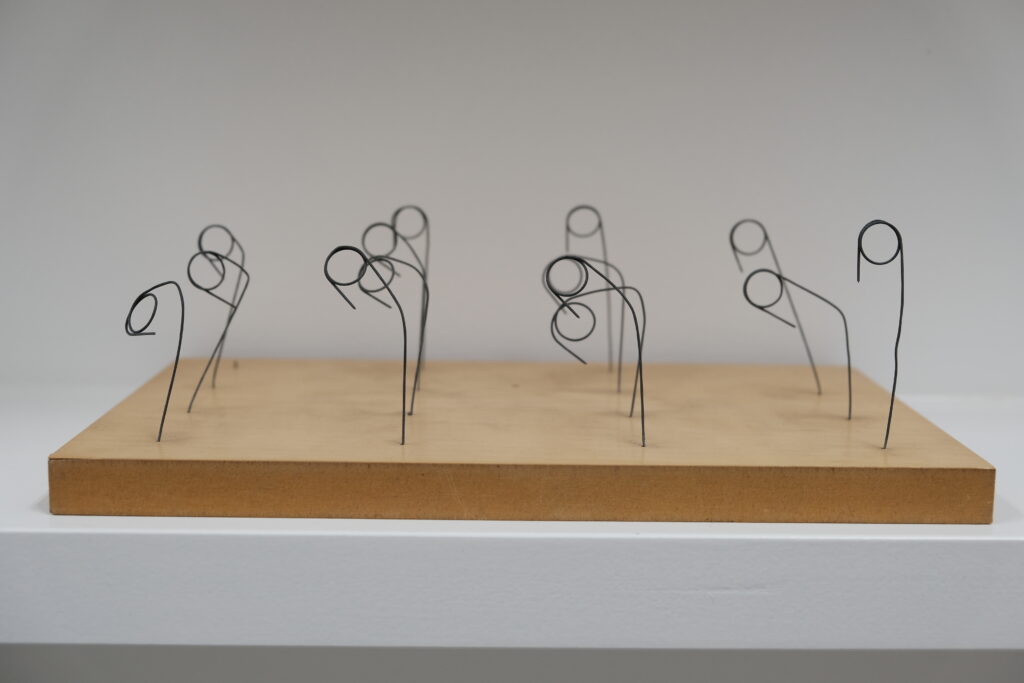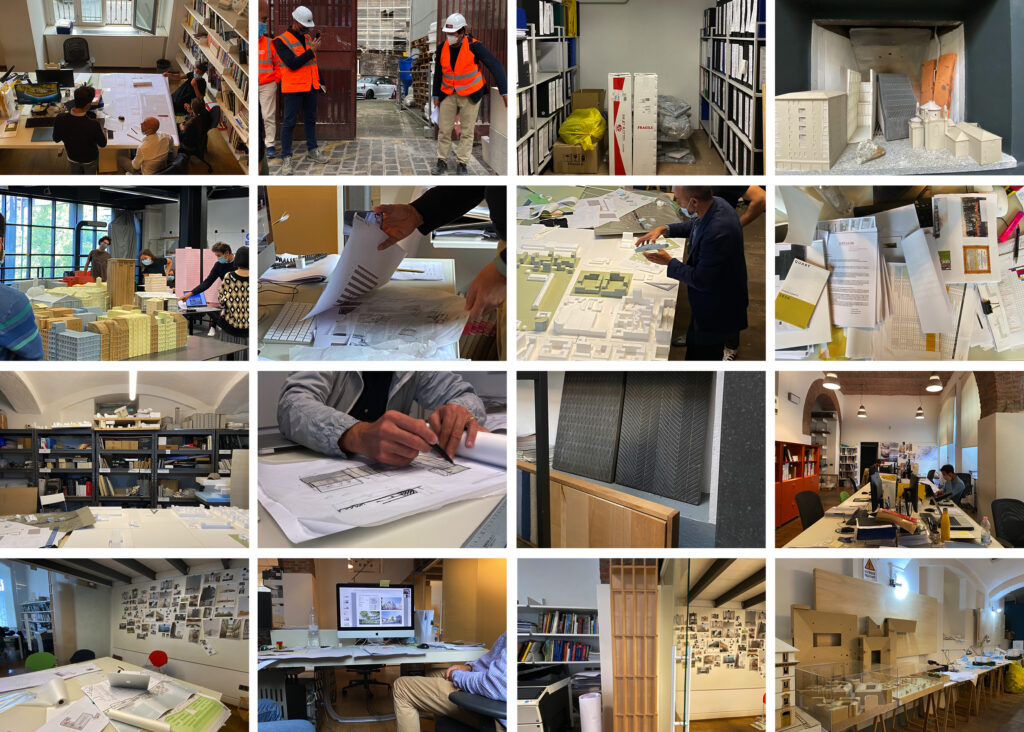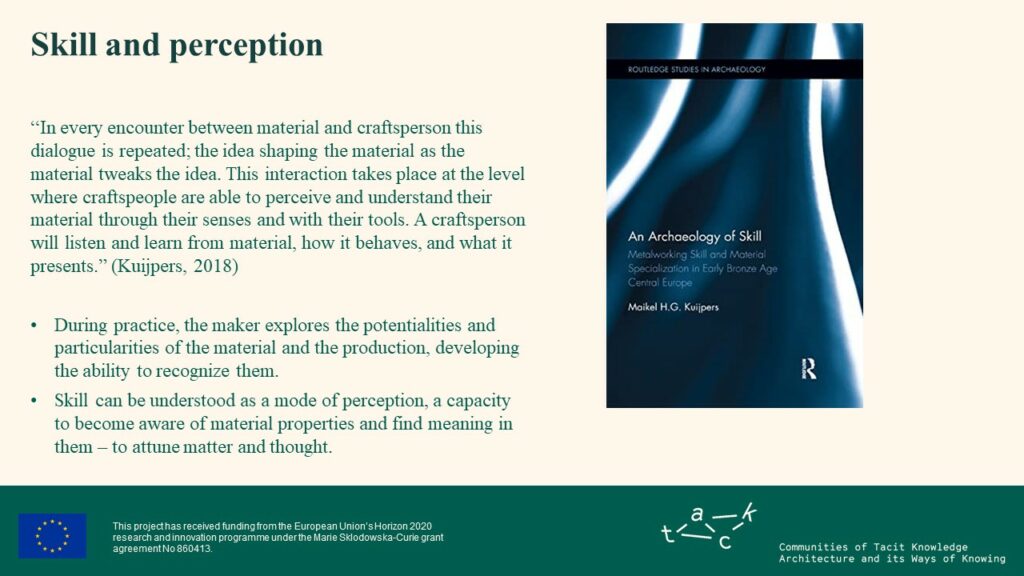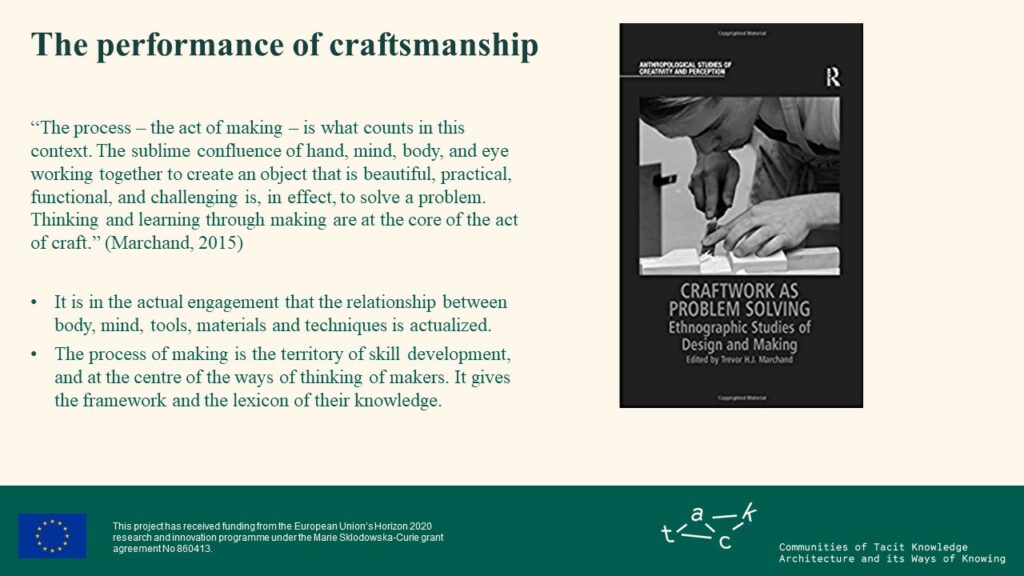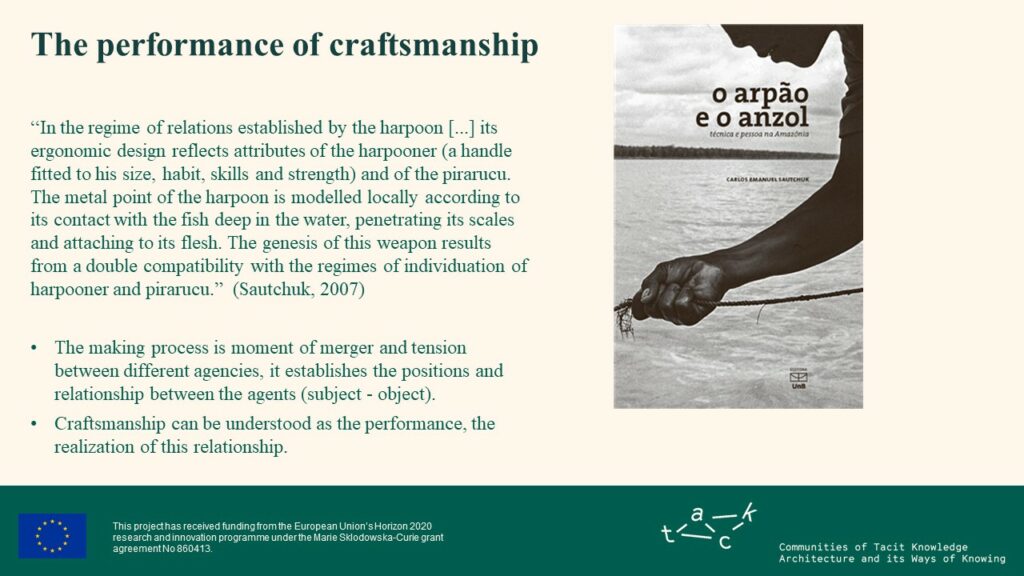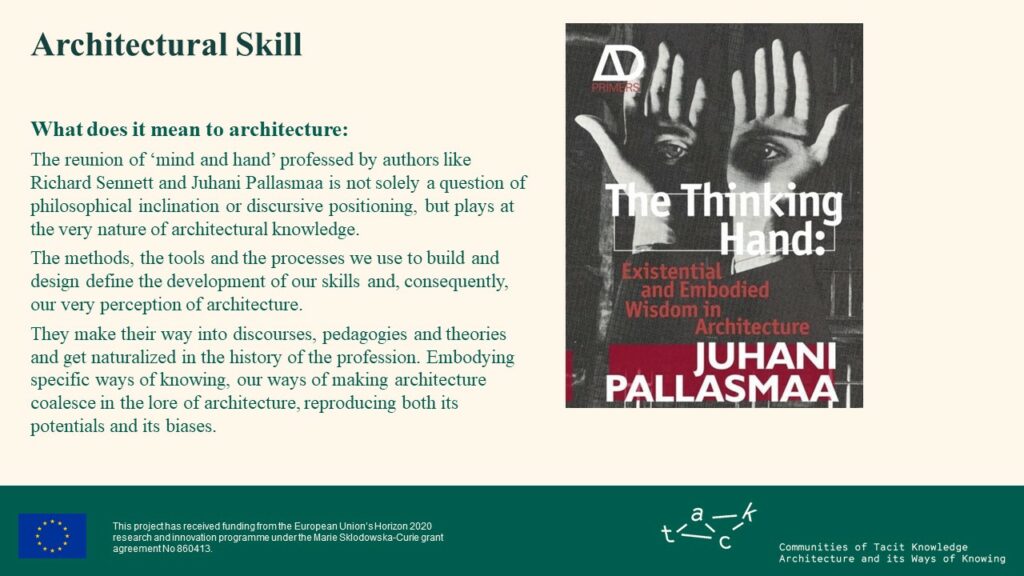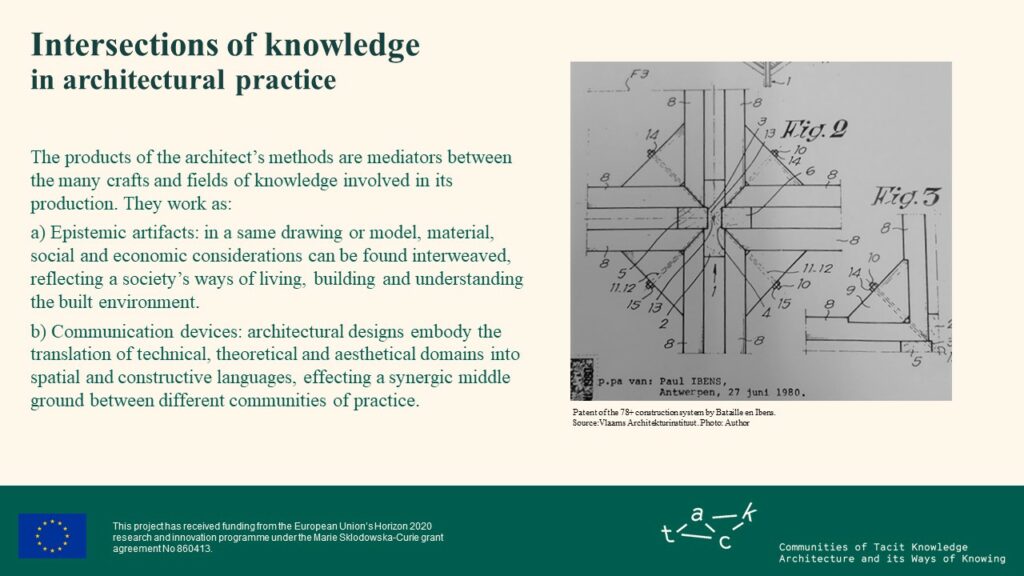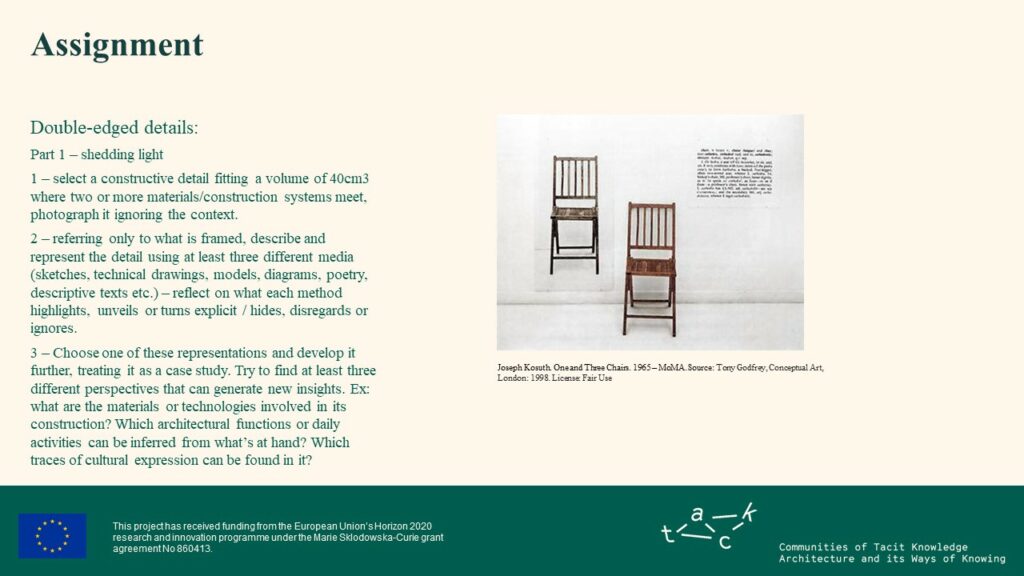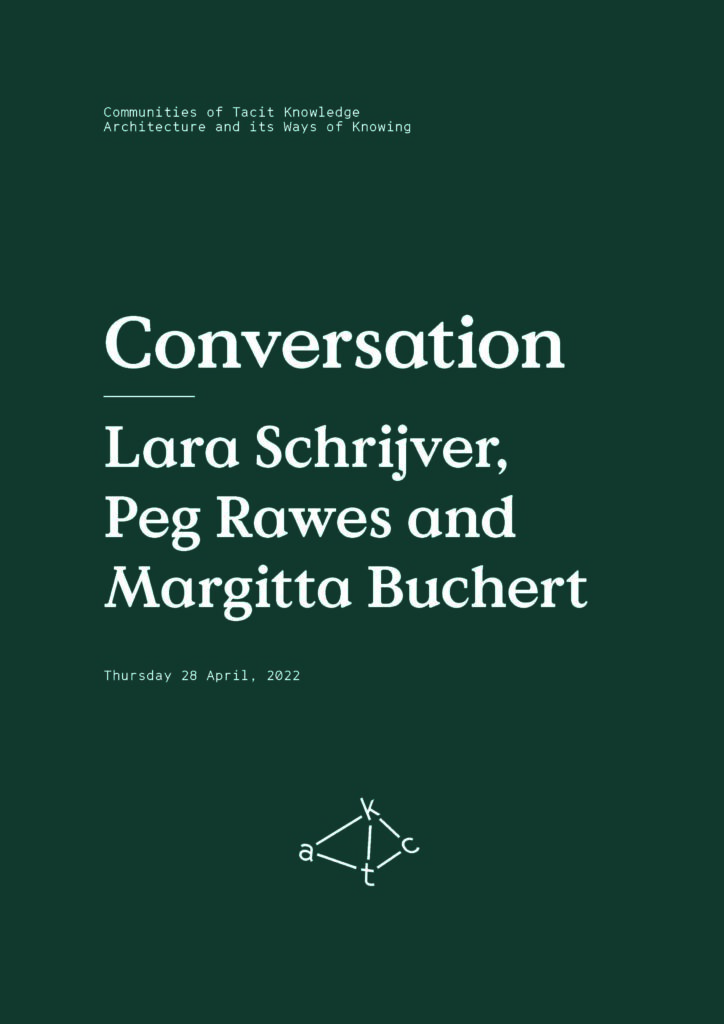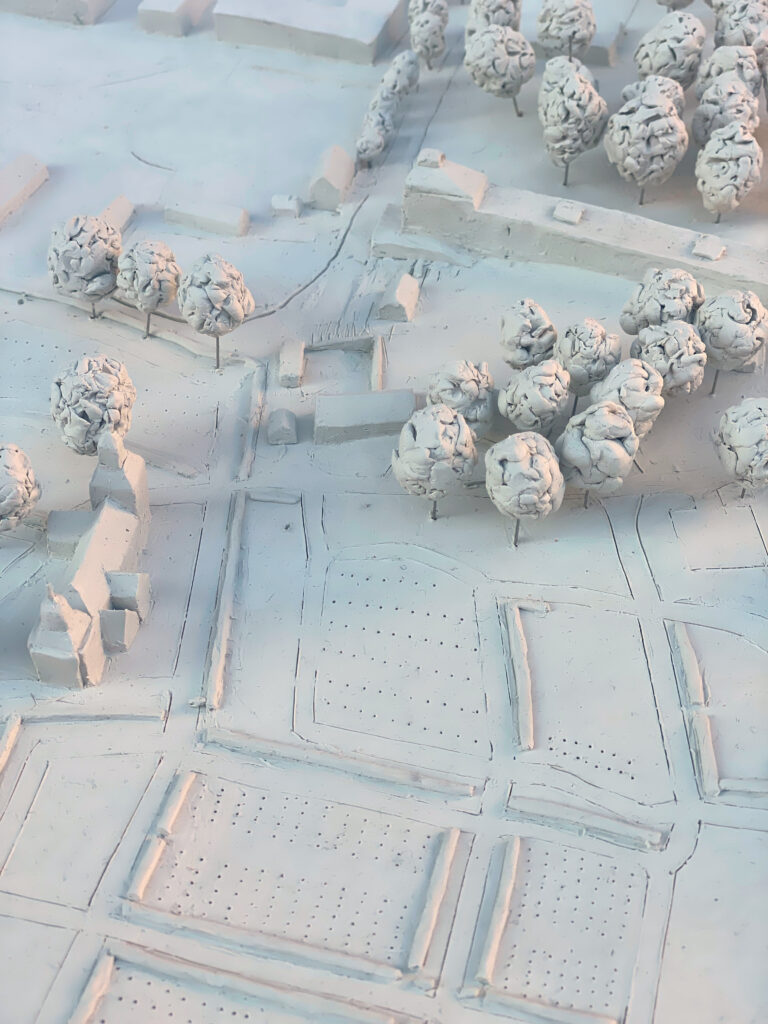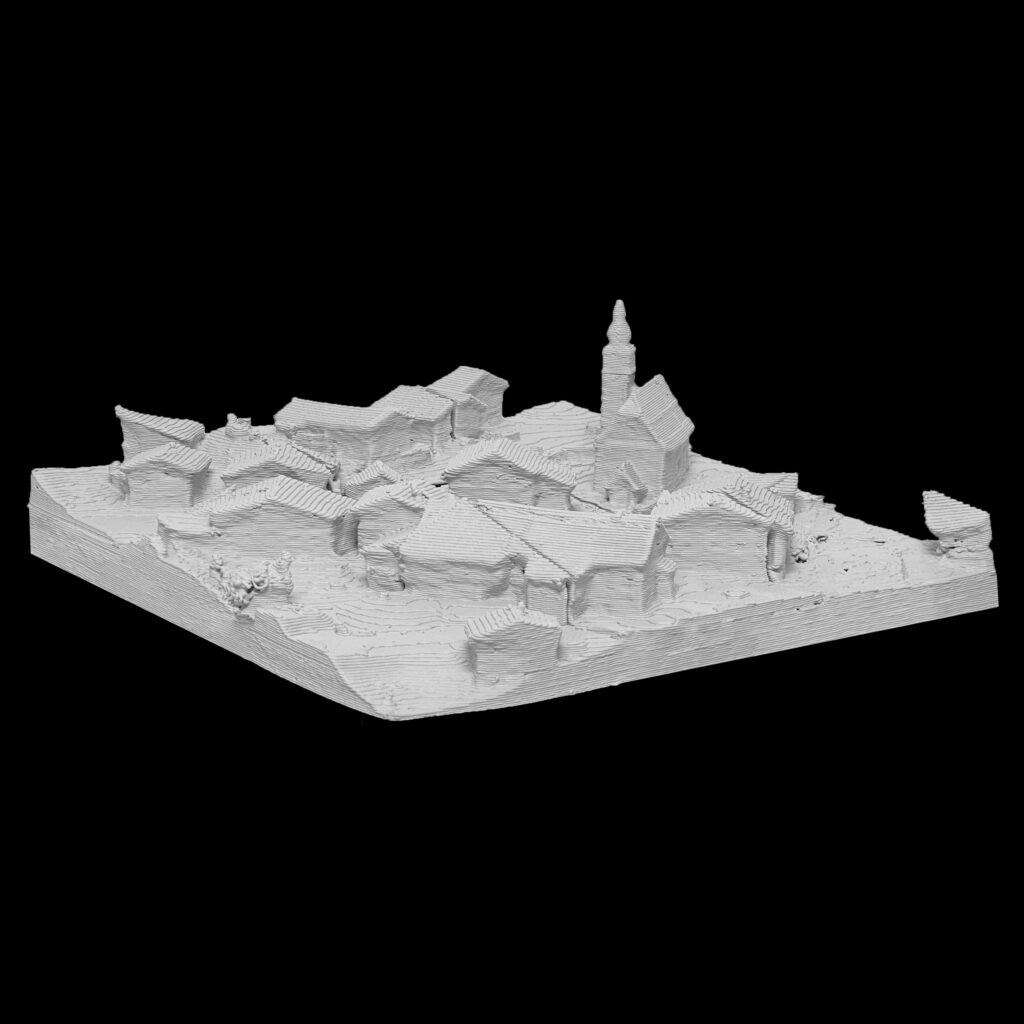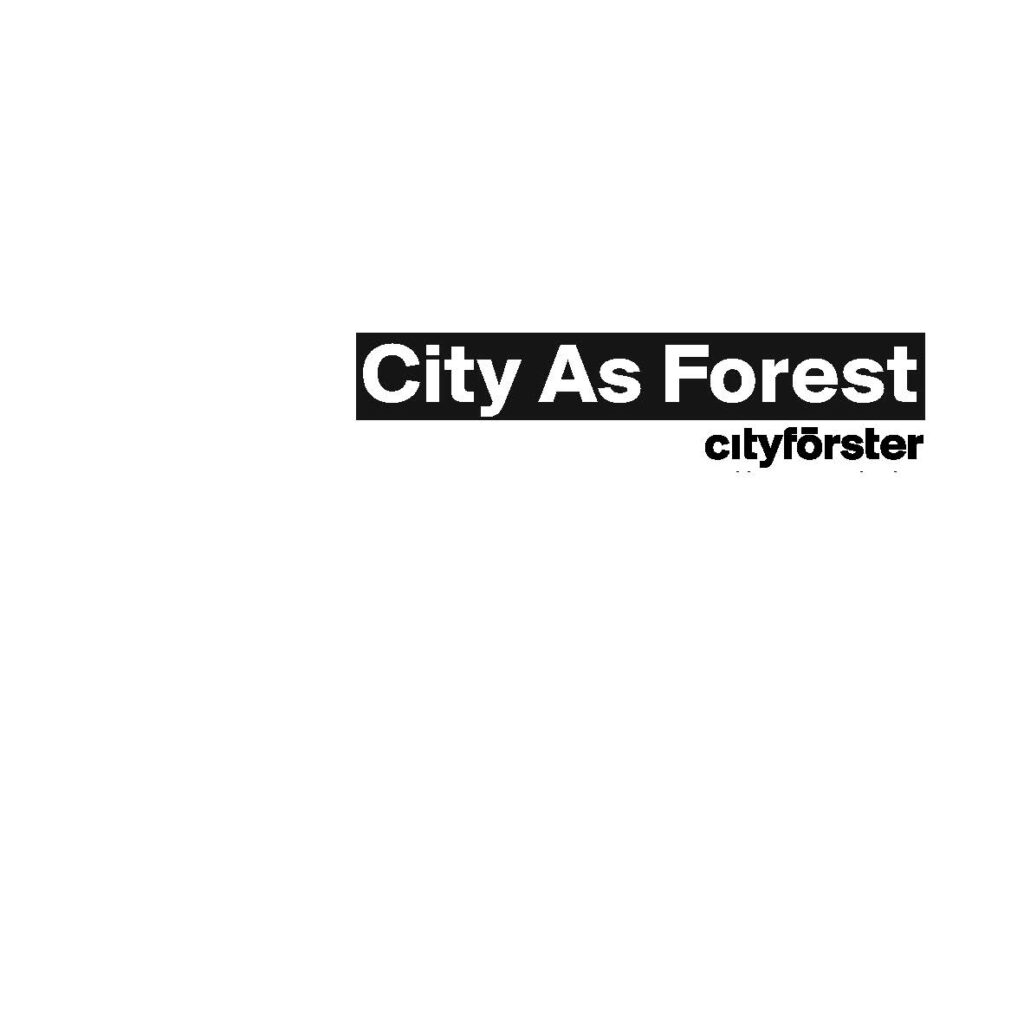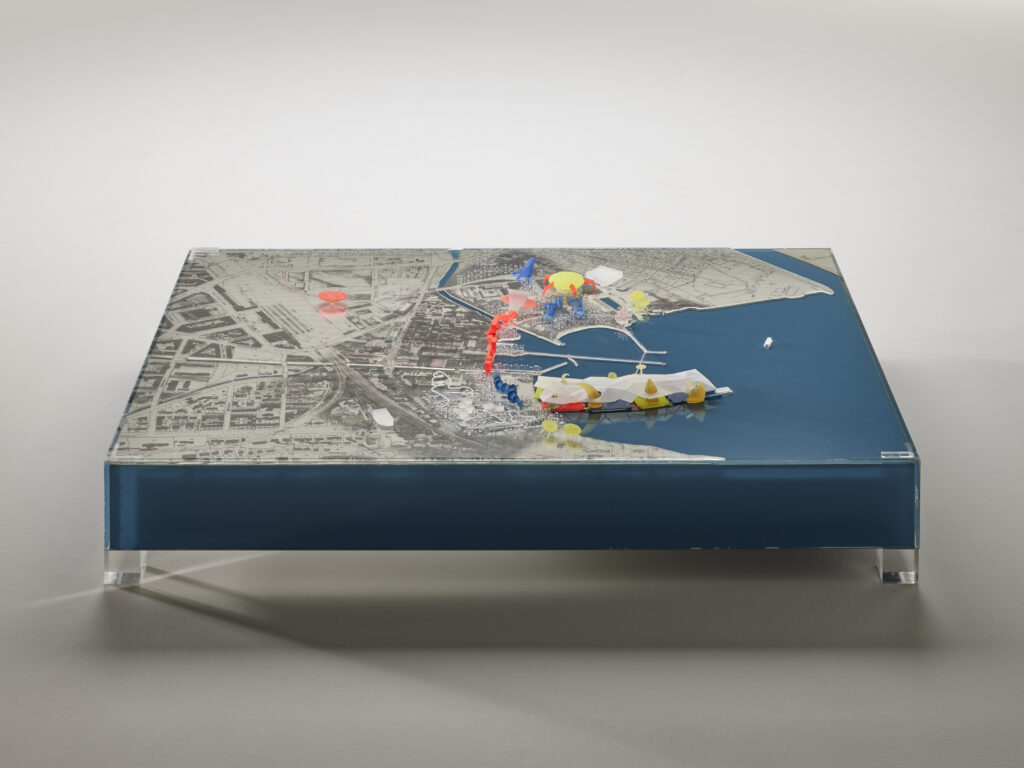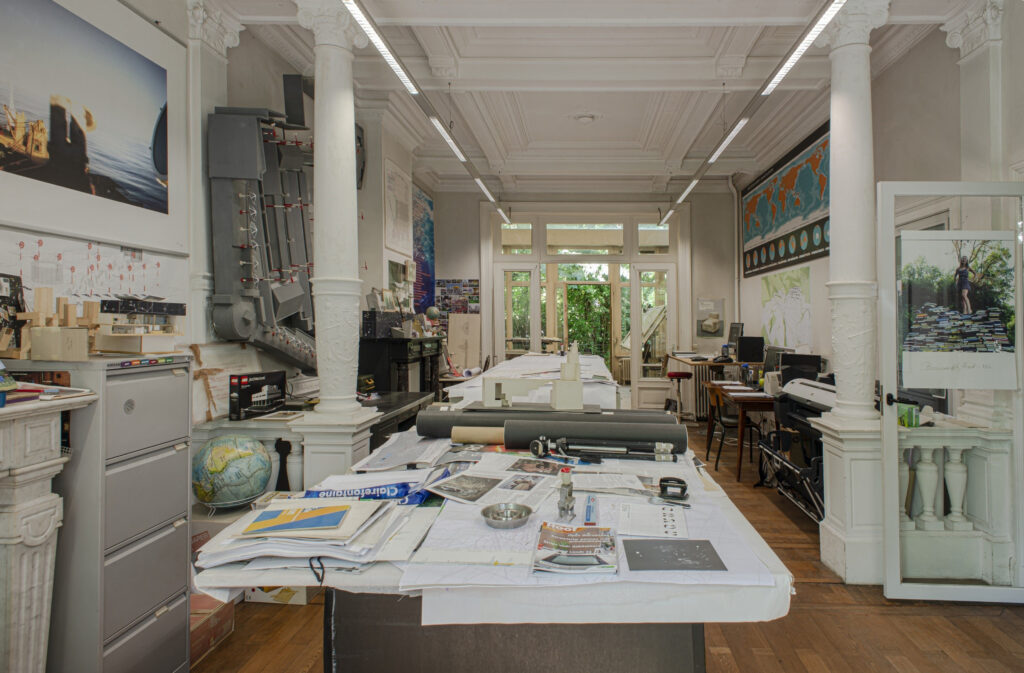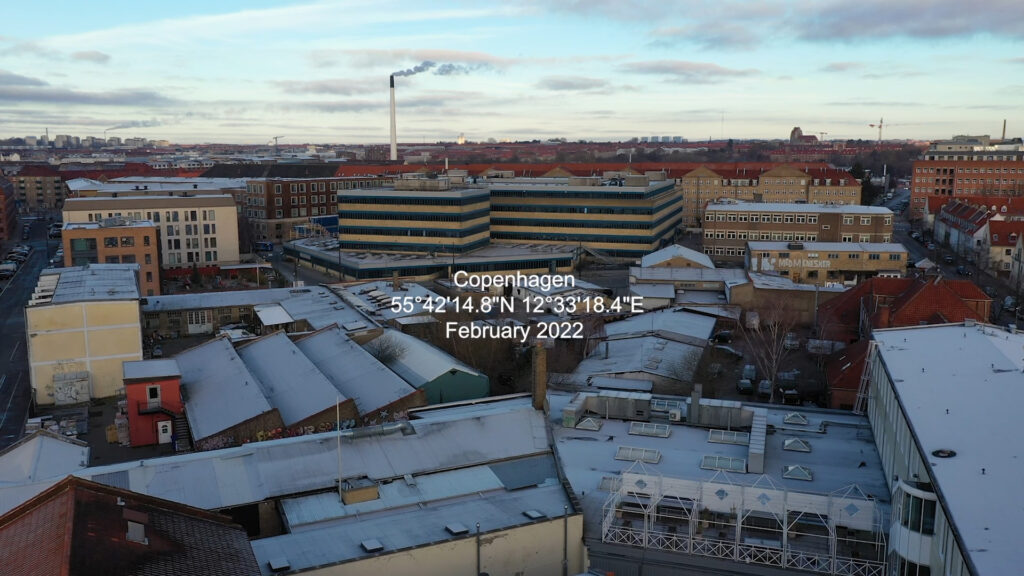Reader
Konvolut

The Konvolut is a growing physical product, containing important material created by the TACK network, such as readers, programs, annotated bibliography, etc. Its concept was thought as a collection in an envelope that could grow with material over time. Its nature of being in-between and a work-in-progress fitted well with the idea of tacit knowledge. It’s playful design reflects its individual nature, as each envelope has grown differently for every owner.
Klaske Havik
Tim Anstey
Helena Mattsson
Reader
View
Konvolut
Klaske Havik
Tim Anstey
Helena Mattsson

© Janina Gosseye

© Janina Gosseye

© Janina Gosseye

© Janina Gosseye

© Janina Gosseye
The Konvolut is a growing physical product, containing important material created by the TACK network, such as readers, programs, annotated bibliography, etc. Its concept was thought as a collection in an envelope that could grow with material over time. Its nature of being in-between and a work-in-progress fitted well with the idea of tacit knowledge. It’s playful design reflects its individual nature, as each envelope has grown differently for every owner.





